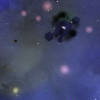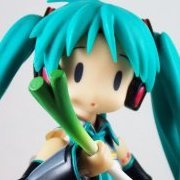Blogs
Sparse Voxel Octree Raycasting
Sparse Voxel Octree Downsampling
Sparse Voxel Octree Reflections
Finished Direct Lighting Step
My game in development | Astrocuco
Vulkan Dynamic Rendering
Storing game data (using sqlite3)

aiaf in programming





